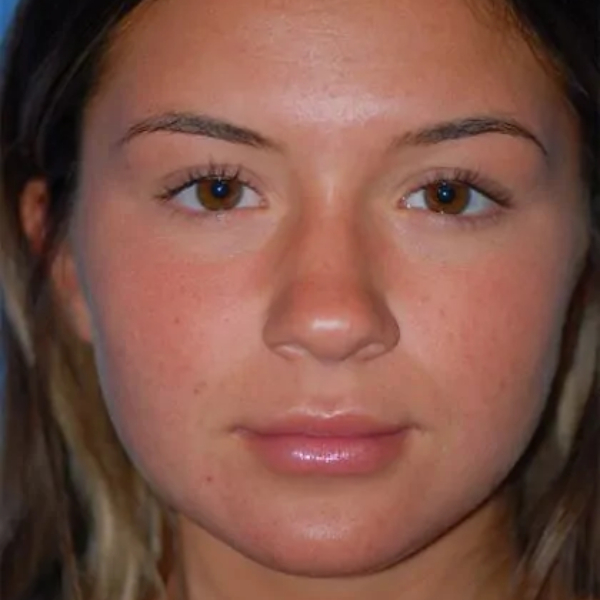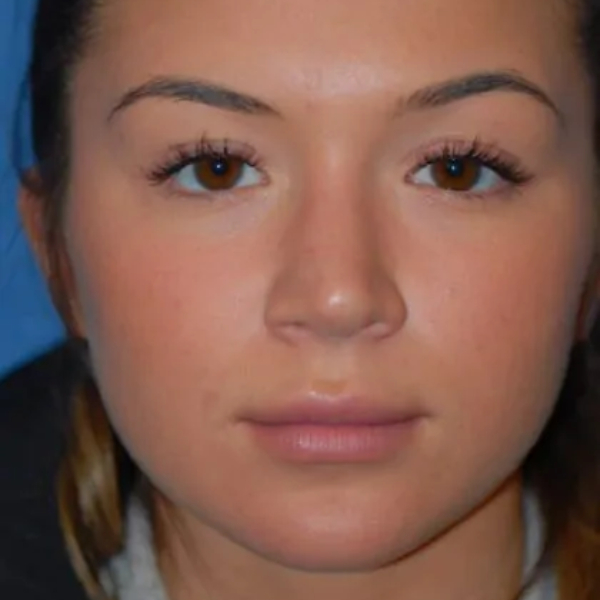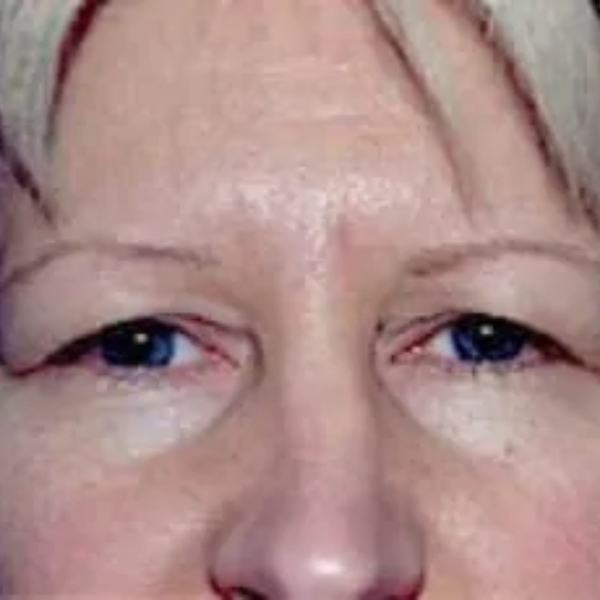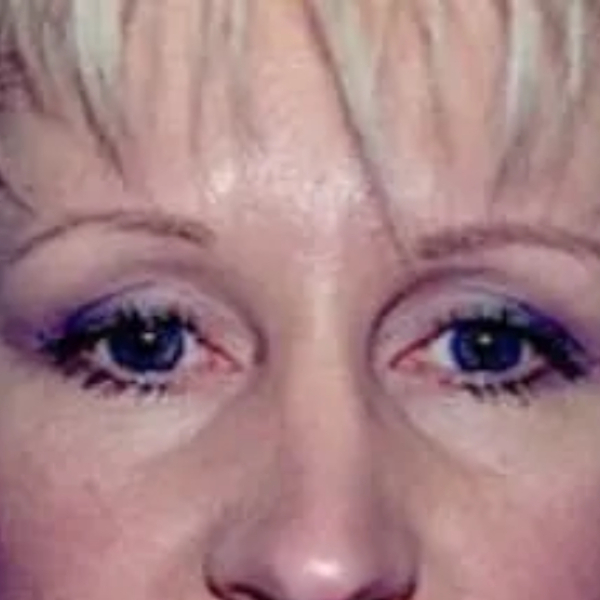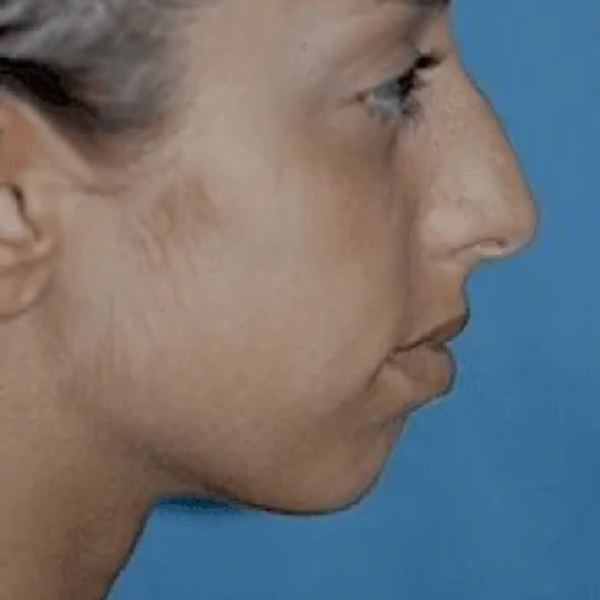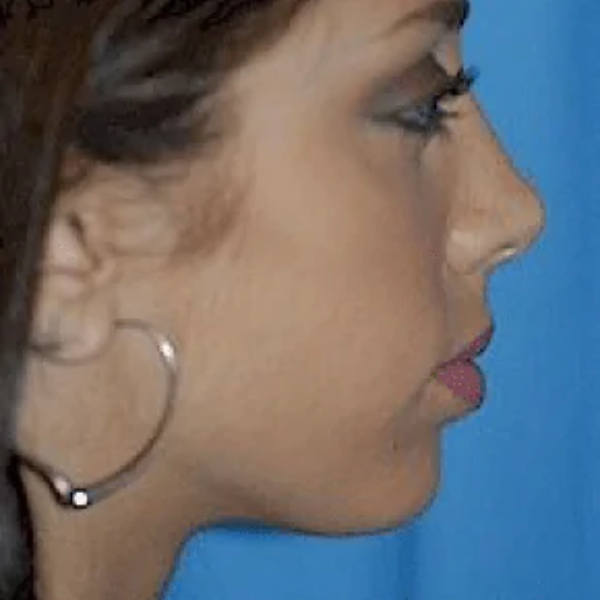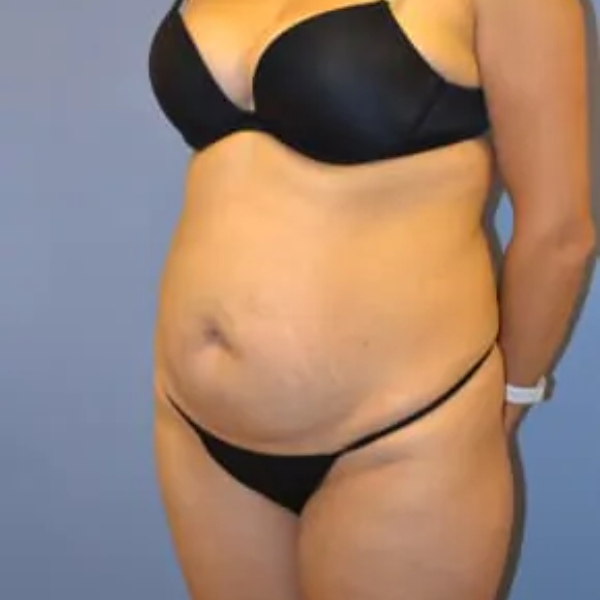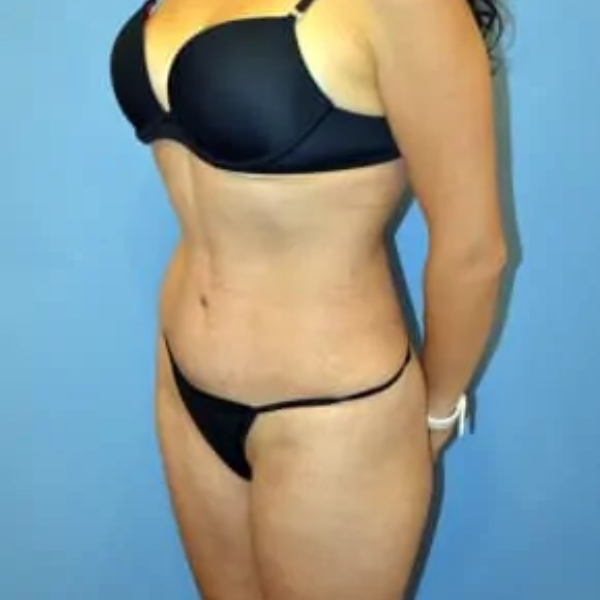The digital age has integrated technology into our daily lives in many different ways. Especially with mobile devices and the internet; they are a way people get access to information, communicate with others, and keep up-to-date with the world around them.
The devices used in healthcare settings allow us to stay up-to-date with the latest health and patient information, update treatment plans, and interact with doctors. Patients can also keep in contact with their physician before and after surgery using digital tools and devices. Certain technologies have also allowed healthcare providers to monitor their patients remotely using wearable devices that help track symptoms for chronic diseases, check blood pressure or glucose levels, and more.
Contents
1. Tracking and Encouraging Physical Activity
Tracking your physical activity is crucial because it can help you stay on top of your progress for goals that you’ve set for yourself. If you’re trying to lose weight, tracking the number of steps you take and calories burned throughout the day can give a sense of accomplishment and keep you motivated.
One of the most popular uses of technology for general health and wellness is tracking physical activity. Many fitness trackers on the market provide you with information about your activities throughout the day, when you were most active, how many calories you burned, etc. If you’re looking for a fast way to find out if you’ve achieved your daily goal, it’s easy to check at any time using one of these gadgets. With so many people living sedentary lifestyles in front of the TV or computer screen all day long, it’s important to use technology to remind yourself to get up and move around every once in a while.
Apps and devices that help you track your physical activity include:
- MyFitnessPal helps keep track of your diet and exercise and automatically syncs with the other apps to show all the information about your activity in one location. You can scan barcodes of various food items to track nutrients and have fun using its gamification elements for motivation.
- MapMyRide and MapMyRun help you keep track of miles and calories burned for cyclists and runners. It will help you create and find local routes as well.
- Fitbit assists in tracking your minutes of activity and keeping up with sleep patterns.
- The Apple Watch records the number of steps you’ve taken and how many hours you’ve been active for.
2. Staying Motivated
Motivation helps you stay on top of your goals and successes, holding you accountable and encouraging you to stay active. Technology can undoubtedly track your activity to help you stay motivated. For instance, if you’re trying to lose weight, being able to see how many calories you’ve burned or the number of steps you’ve taken throughout the day can give you a sense of accomplishment and keep you going.
There are several apps available that can help you stay motivated for your health and wellness goals. Apps like Strides, Motivate, and Pep Talk provide you with information about your daily activities to help inspire you while still being informative.
- The Strides app lets you set goals and tracks your habits. This smart goal tracker can give you more motivation for physical activity because it allows you to keep a to-do list to track your progress towards a goal over time and gives you a push to meet that goal.
- The Motivate app is a daily motivational app that will help you take control of your life. The app provides users with a personal dashboard that includes goals, achievements, and motivation levels. You can use Motivate’s motivational quotes to keep yourself on track. With the ability to share their accomplishments on social media platforms, Motivate helps encourage users by making them feel like they’re bettering themselves and helping others simultaneously.
- Pep Talk uses motivational speaking to help you keep up with your goals. The app can be set to play motivational speeches on a regular schedule or provide them on demand. When you’re feeling down, it’s easy to start skipping workouts or eating unhealthy foods. These short audio messages can help remind you why you made the change in the first place and get back on track.
3. Supporting Mental Health
Poor mental health can have severe consequences on a person’s life. Technology such as telemedicine and other communication apps can help mental health by enabling therapists to provide treatment without actually meeting their clients in person.
Using video conferencing or text chat technology, people who experience barriers could gain access to care. Additionally, there are apps to help improve your mental health as well:
- Moodfit provides various methods of mental health care, including support groups and one-on-one therapy. The app also provides digital tools for people to manage their emotions better, such as relaxation exercises and cognitive skills. Moodfit also offers mental health information for people who are not ready to seek treatment yet but know they need help through some means.
- ThinkUp provides affirmations for love and relationships, stress, self-confidence, motivation, and depression. The app helps you stay positive, understand how your mood affects others around you, and find new things to do to improve your mental health.
- Talkspace is a therapy app that connects patients with therapists worldwide via text and video chat. The idea behind Talkspace is that not everyone can afford or has access to in-person therapy, so they allow you to talk one-on-one with your therapist any time of day, from any location. The app is also completely confidential between you and your therapist, and conversations and information are HIPAA compliant and protected by encryption.
4. AID SLEEPING AND REST
Not getting enough sleep can result in health issues that include depression, decreased memory, increased irritability, decreased physical activity, and trouble with weight management. Technology is now providing ways to help people sleep more easily by playing sounds designed to be calming or white noise that gives a person a sense of security. Some even track your sleep patterns using your phone’s sensors to map out your sleep cycles.
Some sleep and relaxation apps to consider if you have trouble sleeping or resting include:
- The Headspace app provides guided meditations for people looking to relax, improve their focus, or be more mindful. The app is designed to help give meditations, breathing exercises, and mindfulness lessons. Headspace also provides techniques to help improve your overall wellbeing.
- Noisli is a popular app for sound effect control. With this app, you can create your ideal environment and choose from various sounds or mix them to create the perfect effect. This app has options for white noise, rain or thunderstorm effects, calm waves, and more.
- Pzizz is a sound app that you can use to help you sleep. The app plays sounds like waves crashing or rainfall and combines them with spoken lyrics that make it easier to fall asleep. The program sticks to the monophasic sleep cycle, which means it sleeps for 8 hours and then wakes up for 16 hours of “restful awake time.” The program also has an alarm clock that will wake you up at a time that is most beneficial for your body by calculating when the sunrise will happen.
5. MANAGING STRESS
Stress can lead to serious health problems, such as high blood pressure or heart disease. The effect that stress has on your health could be life-threatening if not managed. There are several apps to help you manage your stress, including:
- Breathe2Relax is an app that can help people learn to breathe and relax their muscles. The app provides a quick breathing exercise that you can use as needed while sitting down. The app also has calm music playing in the background to enhance the effect of the breathing exercises.
- Sanvello is an app to support self-care, ease anxiety, and improve your overall mental health. The app offers peer support, coaching videos, and therapy.
- Calm is a mindfulness app that assists you in managing stress by emphasizing sleep. The app also facilitates meditation and relaxation techniques from beginner to expert.
6. Receiving Remote Health Care
Remote health care means that you can receive medical assistance from a professional, such as your doctor, without being in the exact location. It provides many advantages for people who need medical care but can’t get it locally for various reasons. Not only does it allow people with specific disabilities or diseases the ability to seek help when it is needed without fear of discrimination or social stigma, but it also saves lives by allowing individuals to access treatment in emergencies.
Aside from urgent care, remote healthcare can be used for general checkups and consultations before and after surgery. Many plastic surgery patients need frequent consultations and checkups during their process, and procedures such as breast augmentations, liposuction, rhinoplasty, and butt lifts can be painful. People can be further injured if they move the wrong way during the healing process. Remote checkups help these individuals stay in the comfort of their own home, receiving care while not having to physically move to a clinic or doctor’s office. Types of remote health care include:
- Telehealth is the use of technology to provide medical care and patient education at a distance. Patients can do their checkups on Skype or see a healthcare professional remotely for assessment. Some software even offers the ability to send sound from your body into the doctor’s office through an app.
- Remote health monitoring is when a person has periodic checkups from a professional. They don’t have to travel to the doctor’s office or clinic location, and they can get care over the phone or the internet. This type of care is beneficial for people who are scared of medical settings or have mobility issues. This type of monitoring is also helpful for those who need frequent checkups during healing from surgery.
7. Curating Diet
Obesity rates have tripled worldwide since 1975, and more than two-thirds of adults are considered overweight or obese. Dieting increases your chance of long-term weight loss and has been proven to lead to better life quality and reduce associated health concerns such as heart disease. Because of this, dieting has become wildly popular, and even technology is starting to help you watch what you eat.
- The Ideal Weight app is a free app for iOS and Android that helps you track your weight. It allows you to input the measurements for your height and weight, and it will use this information to calculate a BMI (Body Mass Index). You can then set up goals for yourself, such as what weight you want to be at by next month. It also has a food diary so you can log what you eat each day. The app also gives you ideas for healthy meals, videos on tips on being successful with your diet, and other nutritional information.
- The Lose It! app allows you to enter your daily food and exercise habits, which then calculates how much weight you’ve lost each day. The app also gives you points for healthy behaviors. This helps promote positivity compared to other diets, and the community of the app creates a supportive environment.
- Noom is a weight loss app that uses cognitive behavioral therapy and social support to help people track their calories, exercise, and food. The app includes meal plans, exercise activities, social support groups, and a virtual nutritionist who creates personalized programs.
8. Managing Medications and Tracking Symptoms
One of the most innovative ways to improve your health through technology is managing your medications and tracking symptoms. If you’re on a prescription, it’s essential to take it as directed by your doctor and make sure that it doesn’t mix with other drugs or alcohol. It’s also important to know the possible effect these interactions could have on you. You can also track symptoms you may be experiencing through apps, which will help guide the doctor to diagnosis or treatment if needed.
Some apps for these aspects of your health include:
- The MyTherapy app is an easy way to track your medications and symptoms. The app has a simple interface that patients and their caregivers can use to keep track of medication schedules, effectiveness, side effects, and more. It also offers alarms for when it’s time to take your meds.
- The Medisafe app is a way to track all the medications you’re taking and add any medication to your profile for tracking. It will keep an up-to-date list of all of your medications, showing you when to take each prescription and refill it. The app also has a function so that if you’re traveling, it will tell you which medications are allowed in your destination.
- Flaredown is a free app that can be used for tracking symptoms and managing medications. It has symptom checkers and includes a list of medicines and what effect the drug may have on you and your symptoms. Flaredown is available for both iOS and Android.
Technology has a significant effect on our health and wellness, whether it’s improving how we manage medications or monitor symptoms. In many cases, this technology is only the beginning of what can be done for modern-day healthcare. As time goes on, more devices and apps will help monitor several aspects of your health and wellness.
